Beerology | How Many Bubbles Are in a Beer?
There’s been a lot of talk about science in the past year, much of it rather depressing. However, it appears that a French researcher used some of his pandemic-lockdown time to research a happier question for beer drinkers: How many bubbles are in a glass of beer?
Seriously–this is a legit study recently published by the American Chemical Society (ACS). We’re breaking it down for your here.
Where Do Bubbles Come From?
While the bubble count is clearly a burning question, it’s helpful to understand a little bit of bubble background and why we should care.
Most people know that bubbles in alcoholic beverages are created by dissolved carbon dioxide (CO2). CO2 occurs naturally through fermentation and can be boosted through forced carbonation. A typical craft brew from a tap, bottle or can will have a mixture of both, though forced carb generally plays the bigger role.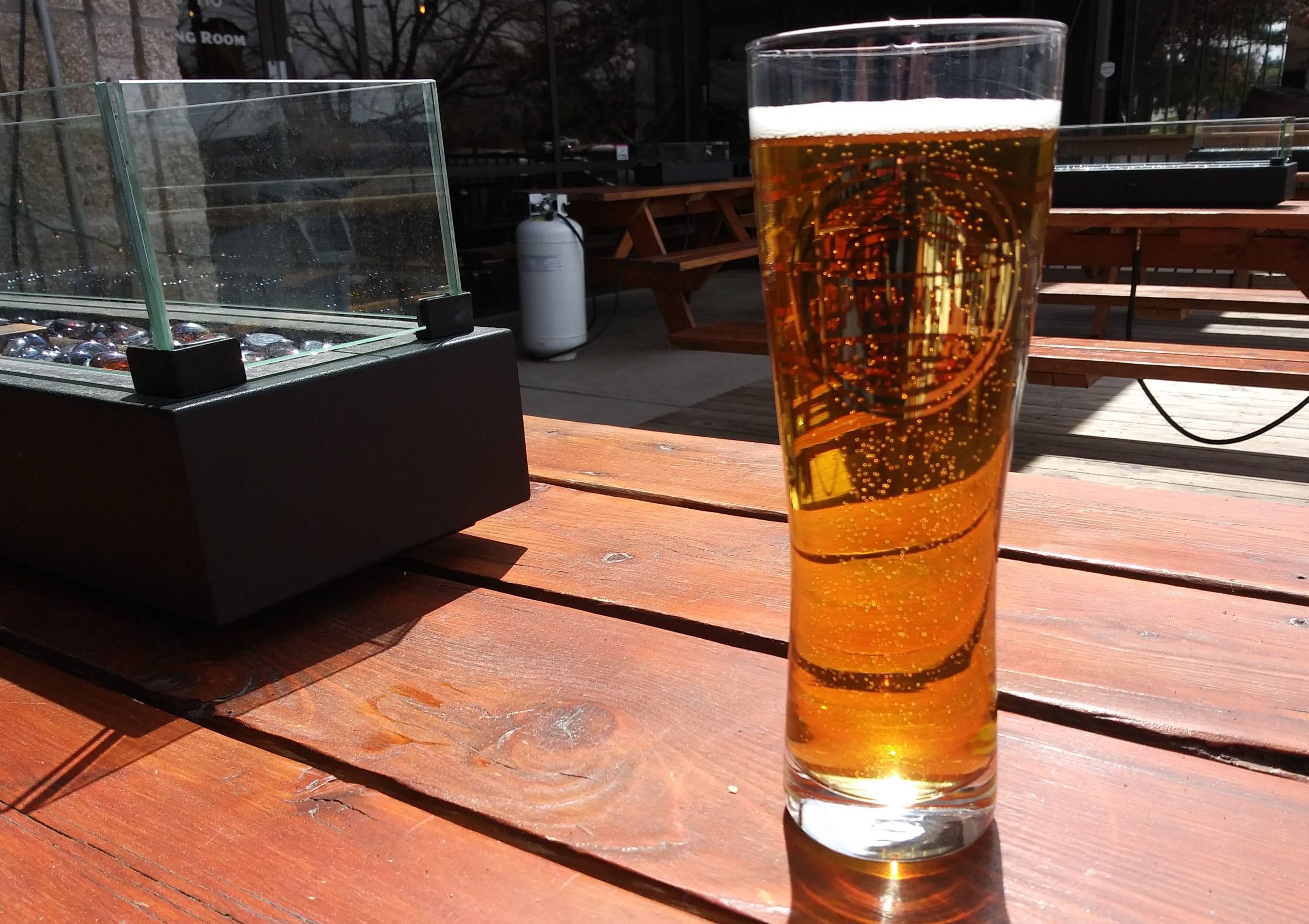
Why Should We Care?
So why the fuss about carbonation? First, there’s something visually stunning about watching trails of bubbles levitate through a crystal-clear Helles or ogling the thick head on an Irish Stout. These visual queues also contribute to our flavor experience. Humans perceive attractive-looking food and drink as tasting better (yes, there have been scientific studies on this as well).
More importantly, bubbles draw the aromas and flavors of a beer to our noses and taste buds. If you want to understand the criticality of those little bubbles’ mission, hold your nose while sipping a beer. You can feel the sensation of the bubbles but there’s little beyond the tickle–all the valuable information they deliver is lost.
Finally, bubbles impact the mouth-feel and perceived viscosity of the beer. This aspect flies under the radar when things are good. However, we’re quick to perceive something is off with a flat Pilsner or a fizzy Porter. Perhaps the best example is a friend’s homebrew where something’s odd but you can’t quite put your finger on it; it’s often the carbonation.
How Many Bubbles Are in a Glass of Beer
So, how many of our bubble friends does it take to make for a perfect pour? According to Gérard Liger-Belair of the Université de Reims Champage-Ardenne, a typical pint has between 200,000 and 2 million bubbles. Researchers used Heineken at 42 degrees F.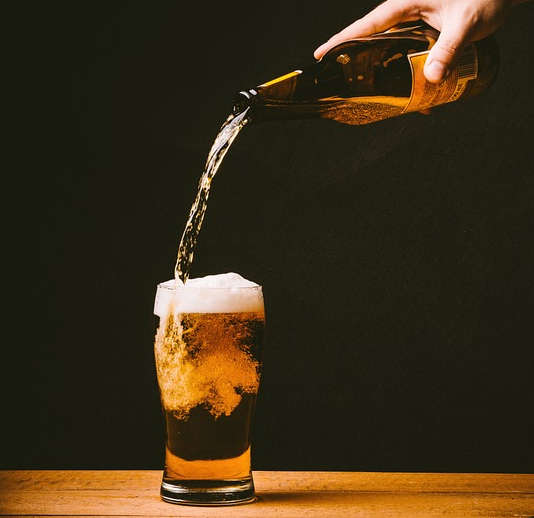
Under normal conditions, we can probably expect an even larger range of bubbling. Warmer liquids release more bubbles, while imperfections in the glassware (so-called nucleation sites) create locations where bubbles form. Some breweries even use glasses with intentional imperfections on the bottom to enhance bubble formation and showcase their beers. Additionally, different beer styles have different levels of desirable carbonation.
It’s All About the Science
The French study was an extension of a 2014 experiment addressing an equally pressing issue: How many bubbles are in a glass of Champagne? One million, if you’re curious. Personally, I’m curious how one gets a job that involves spending over six years studying bubbles in various alcoholic beverages.
Despite the seemingly light subject matter, the ACS article appears to have all the rigor of a vaccine-trial project. Readers can check out numerous scary-looking formulas, curves plotted on graphs and (of course) microscopic photos of bubbles. It’s a must-read for chemistry geeks.
Appreciating the Bubbles in Our Lives
For the rest of us, the results are simply something to ponder as we watch an unending trail of bubbles snake up our beer glass. Whether or not we have scientific interest, we can all surely appreciate those millions of bubbles who selflessly sacrifice themselves for our drinking pleasure.


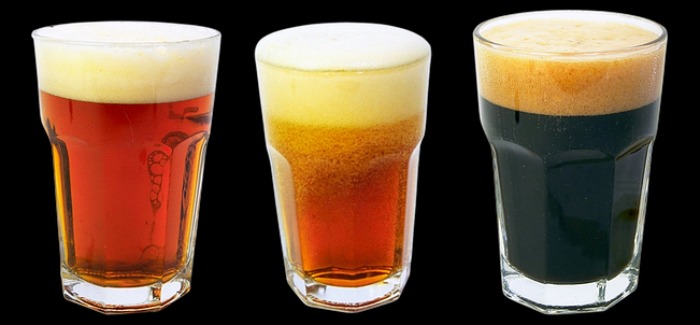

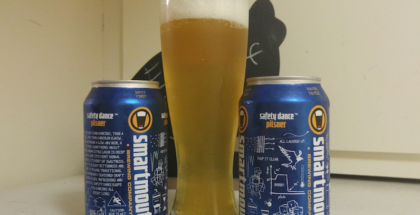
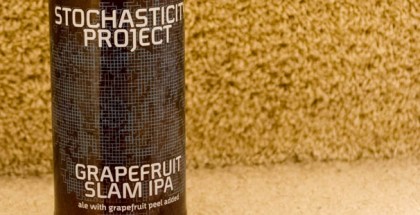
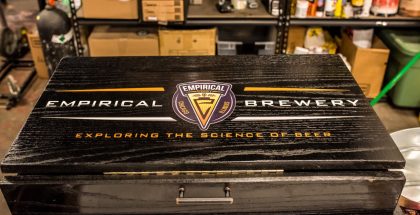
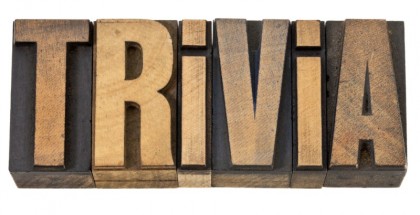
Submit a Comment